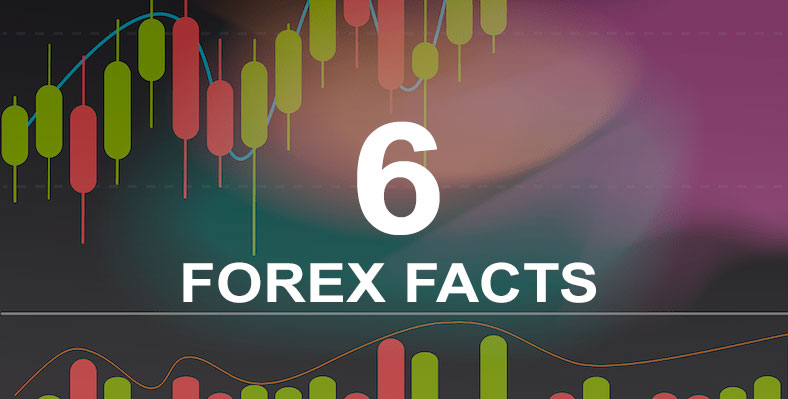
1. How did the first forex market look?
The barter system is the oldest method of exchanging goods for other goods. It was first introduced in 6000BC by Mesopotamia tribes. Back in the day, salt and spices were used as the main mediums of exchange. This is how the first-ever form of foreign exchange looked like. Eventually, the first gold coins were produced in the 6th century BC, and they acted as a currency. Although gold coins were widely accepted as a medium of exchange, they appeared to be impractical because they were quite heavy. In 1875, the countries adopted the Gold Standard. Governments agreed to mint only as much national currency as they held gold in their reserves. The Gold Standard was introduced to ensure the value of a currency.
The first Forex market as we know it was established in Amsterdam. It allowed countries to trade currencies freely and helped stabilize currency exchange rates. This happened about 500 years ago. So the Forex market isn't as new as you may have thought.
2. How much money circulates in the Forex market?
Buckle up to hear the answer: $ 6 000 000 000 000! Yes, roughly $ 6 trillion (as of April 2019) are traded in the Forex market every day. The most influential market players are banks, of course. The interbank market encompasses the largest volume of foreign exchange transactions in the currency space. central banks, investment managers, hedge funds, corporations and retail traders comprise the rest of the market participants. To be a successful retail trader, it's important to understand how huge the Forex market is, as well as how these different market players interact with each other on a bigger scale.
3. No crisis can occur in the financial markets
The Forex market has never been affected by a major crisis. How come? The answer is simple – any economic turmoil, global turbulence and breaking news present excellent profit-making opportunities for traders who know how to benefit from these events.
4. Three types of Forex market
Did you know that there are three different types of Forex market?
- Spot market: spot market transactions imply the physical exchange of a financial instrument, which occurs “on the spot” i.e at the current price
- Forward market: this type of over-the-counter marketplace sets the price of an asset for future delivery. The forward price is derived from the interest rate differential between the two currencies, which is applied over the period from the contract's transaction date to the settlement date.
- Futures market: participants buy and sell commodity and futures contracts for delivery on a specified future date. Futures are exchange-traded derivatives contracts that lock in the future delivery of an instrument at a price set today.
5. Bulls and bears – who came up with these nicknames?
We did our best to find the answer to this question, but we couldn't! What we can say with great certainty is that these terms were already in use in the times of Jesse Livermore.
The terms “bears” and “bulls” are believed to originate from the way these animals attack.
Bulls have their horns up into the air, bears will swipe down with their paws when they attack. Hence, the price movement they metaphorically represent – the uptrend is called the bullish trend or the bull market, and the downtrend – is called the bearish trend and referred to as the bear market.
6. Currencies also have their nicknames
Almost all currencies that are included in major Forex pairs appear to have funny nicknames.
The greenback, for example, is the well known United States dollar (USD). The currency was named for its color. Back in the day, the money was literally printed in green.
The pound or gbp is called a cable because in the 19th century they laid a huge 4600 km cable across the Atlantic Ocean to transmit exchange rates between the New York and London stock exchanges.
The Canadian dollar or cad is called the loonie. The name originates from the picture of a loon on the flip side of one Canadian dollar coin. By the way, $2 coin is called a toonie – a combination of the two and loonie.
The New Zealand dollar is fondly called kiwi among traders. It's a tiny indigenous bird, depicted on the reverse side of the New Zealand dollar coins.
The Australian Dollar is also known as the aussie. These are all Forex facts for today. We hope you found them fun and educational. Thank you for reading to the end. We'll keep publishing more interesting posts, stay tuned!
Provided by AMarkets